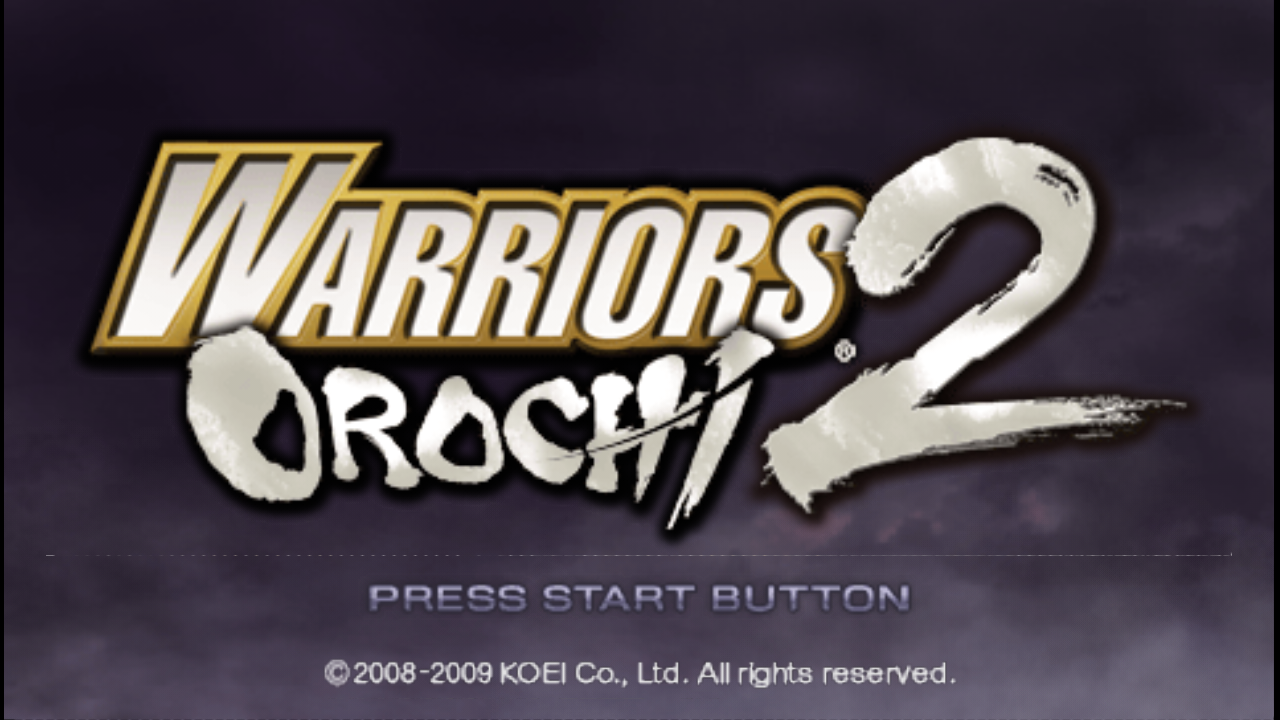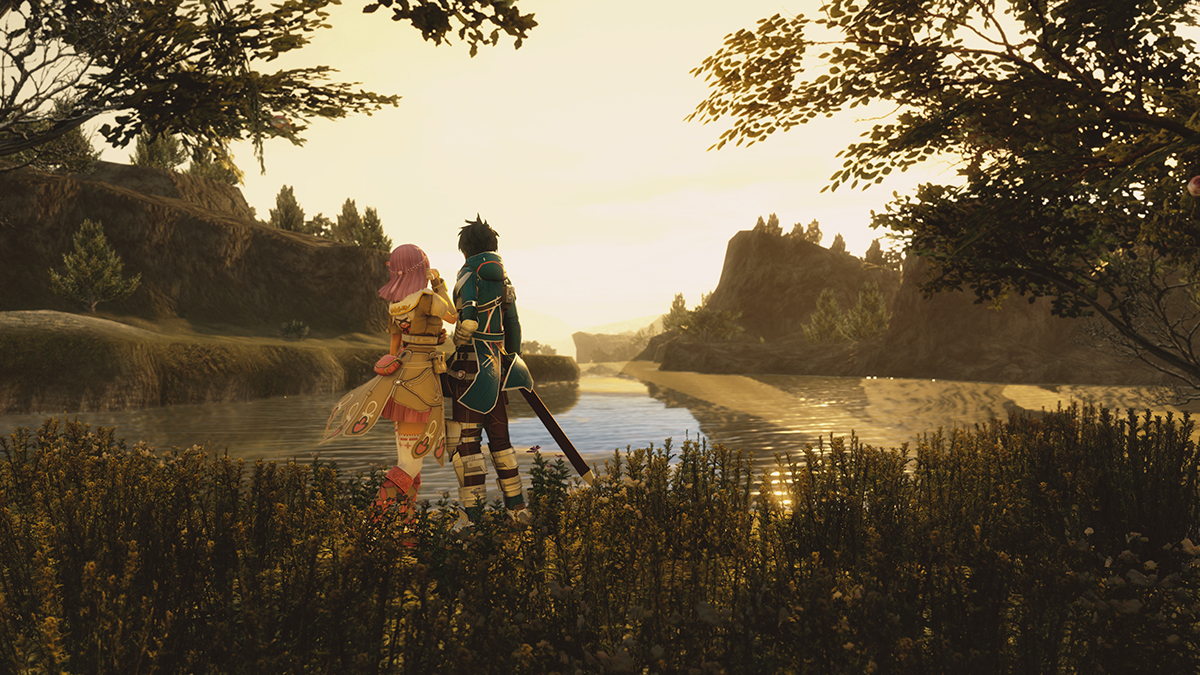I'll add a few more sci-fi settings, for interest:-Our Milky Way Galaxy There are 60 stars, of which 50 are red dwarf stars, in 52 star systems, within 16.3 light years of Earth. There are approx 2,000 stars, in 1,400 star systems, within 50 light years of Earth. There are approx 14,600 stars, within 100 light years of Earth. Star Wars Rogue One Wallpaper. The Great Collection of Star Wars Rogue One Wallpaper for Desktop, Laptop and Mobiles. We've gathered more than 5 Million Images uploaded by our users and sorted them by the most popular ones. Follow the vibe and change your wallpaper every day! Star Trails Basics. There are multiple ways to go about shooting star trails. I will start with the basics that do not change whether you are using an analogue SLR or a DSLR. Before dialing in any settings you should go ahead and mount your camera onto a tripod. Roughly compose your shot and set the focus.
- Best Ppsspp Settings For Star Ocean Game
- Best Ppsspp Settings For Star Ocean 2
- Best Ppsspp Settings For Star Ocean Games
When might we hear more? Nice try:P Can't say.
Night photography introduces many challenges that are easily avoided during the day, like noise, blurriness, and your camera’s hypersensitivity to movement. Luckily, modern cameras provide you with an array of night-friendly settings to help get a sharp, properly exposed photo of stars, planets, and night landscapes.
1. How to use and balance aperture, shutter speed, and ISO at night
Before embarking on a night photography journey, get to know the three crucial settings—aperture, shutter speed, and ISO—that allow you to create a properly exposed photograph.
Aperture, ISO and shutter speed settings. Photo by Hideya HAMANO
Aperture
Aperture is the amount of light that you let through your lens. The lower your aperture, the more light you let through (so, an aperture of 1.8 lets more light in than an aperture of 5.8).
Because photography is essentially the recording of light, you need to let in more light as your scene gets darker.
So, if you’re shooting an unlit night landscape, you’ll use a lower aperture (measured in f-stops) number than if you’re shooting an image of the aurora borealis, since there’s more light available in the latter scene.
Typically, your aperture options range from approximately f/1.8 to f/22.
Aperture also has an effect on the depth of field, or how “deeply” into an image things are in focus.
The larger your f-stop number, the greater your depth of field. Luckily, depth of field changes are much less noticeable in nighttime photographs than in daytime ones.
A shallow depth of field produced by a lower f-stop choice. Photo by Olli Henze
Shutter speed
Shutter speed is the amount of time that you expose your film or your digital sensor to light. So, more light is let through as your shutter speed lengthens.
You may have noticed that the way the Milky Way and other nighttime imagery looks to your naked eye is much different from how it looks in photos.
That’s because much of the color and light in the night sky is invisible to us.
However, by using longer shutter speeds (and letting in more light), we can expose the light and color that our eyes miss.
Keep in mind that:
- The darker your scene, the longer your shutter speed needs to be for your camera to pick up on all of the details of the scene.
- The need for longer shutter speeds in night photography is one of the reasons that you must use a tripod — shutter speeds over 2-3 seconds make it easier for your photos of stars, planets, and constellations in particular to blur.
- When you’re shooting exceptionally dark scenes or creating stair trails, you’ll need to shoot at a shutter speed longer than the ones your camera provides. Use a remote shutter release to shoot at shutter speeds greater than 30 seconds or so. You’ll need shutter speeds as long as 3-4 minutes for many nighttime landscapes, for example.
ISO Camera Settings
Understanding ISO is crucial for long exposure photography, as ISO determines the sensitivity of your camera’s sensor to light.
- The less light you have, the higher you must set your ISO.
- The more light you have available (i.e., from the sun or from artificial light), the lower you set your ISO.
Keep in mind that a higher ISO means a higher chance of noise (grain or pixilation).
So, generally, you’ll want to keep your ISO as low as you can by adjusting your aperture and shutter speed before touching your ISO.
“Noise” like this is often the result of a too-high ISO setting. Photo by josef.stuefer
How aperture, ISO, and shutter speed work together
There are a plethora of variables (where is your light? Is your light source constant, or are clouds occasionally passing over it?) that can change what the “right” choices are for aperture, shutter speed, and ISO in long exposure photography.
However, it helps to remember that each of the three settings affects how much light reaches your camera’s sensor, so it’s a matter of striking a balance between the three.
To keep your image as sharp as possible, you’ll want to start with the lowest possible ISO.
Move on to experimenting with shutter speed to find the one that lets in enough light without blurring your image, and then work on fine-tuning your aperture to control how much light you let through your lens.


The chart below will give you a solid starting point.
Are you shooting… | Aperture | Shutter speed | ISO |
|---|---|---|---|
The moon (and just the moon) | f/8 | 1/250 | 100-400 |
A moonlit or starlit landscape | f/5.6 | 3-4 minutes | 100-400 |
An artificially lit night landscape | f/5.6+ | 15-25 seconds | 100-400 |
The nighttime skyline (stars and constellations) | f/5.6 or lower | 15 seconds | 100-400 |
The Milky Way | f/1.8, or as “wide open” as you can | 15-25 seconds | 1600+ |
Check out chapter 5 to find the best settings to start with for your specific subject matter, whether you’re shooting a star-scape, a close-up of the moon, or an artificially lit night landscape.
2. Use noise reduction to minimize the effects of high ISO settings
If you’re using a tripod, you won’t have to worry about the reduction in photo quality (and clarity) created by a high ISO setting.
However, if you find yourself without a tripod and need to use a high ISO setting to minimize blur, you can balance out the loss of quality by employing the “noise reduction” setting in your camera’s on-screen menu.
Noise reduction works by creating a duplicate of your photo with the shutter totally closed (in other words, a blank photo with the same settings used in the actual photo), analyzing areas that contain grain or pixilation, and removing those imperfections from the original photo.
Noise reduction settings can help improve clarity and quality in low-light situations. Photo by Four Corners School
Keep in mind that, with a little Photoshop finesse, you can achieve a similar affect in post-processing.
However, neither method is perfect, and you should always opt for a low ISO setting and a trusty tripod over a fallback noise reduction method and a high ISO setting when you have the chance to choose.
3. File formats: Shoot in RAW mode for ultimate control
Generally, you’ll have the choice between three file formats in your camera’s settings: JPEG, TIFF, and RAW.
For night landscapes and star photography, RAW is nearly always the way to go. It allows for ultimate control over color settings and white balance in post-production (and, with nighttime photography, you’ll usually have to do some post processing to get things just right).
Shooting in RAW format helps maintain the many lovely color variations in the scene you see. Photo by jason jenkins

Bonus: Shooting “raw” also allows your images to maintain the widest possible range of colors and pick up on both subtle and extreme differentiations between light and shadow (like in the photograph above).
Shooting in JPEG format limits you in this regard. Why? JPEG’s biggest selling point is that the files take up less space, but they do so by compressing the image you take—which, unfortunately, also means “compressing” the details, losing some of them along the way, and making it impossible to get those details back to work with in post-processing.
4. Bulb mode allows for ultimate shutter speed control
For those times when your camera’s max shutter speed just isn’t cutting it, switch into bulb mode and either keep your finger on the shutter release button for the appropriate amount of time (2 minutes, for example), or set up your remote shutter release and use that to keep your shutter open for as long as necessary.
Bulb mode is the only mode that lets you customize shutter speed beyond your camera’s stock options; it also allows you to illuminate very dark scenes like the one in the image below.
Best Ppsspp Settings For Star Ocean Game
Bulb mode allows you to use longer exposures for dramatic and well-lit images. Photo by Robbie Shade
5. Do you want manual, shutter priority, aperture priority, or program mode for long exposure photography?
There are a lot of different shooting modes available on modern digital cameras. Most of the time, you’ll turn a wheel on the top of the camera body to select a shooting mode depending on how much control you want over your settings.

For long exposure photography, and star photography in particular, you’ll want to choose between two of the four settings above:
DSLR camera settings. Photo by cchana
Manual mode allows for ultimate control
If you’re most interested in mastering the relationship between shutter speed, aperture, and ISO in producing high-quality night shots, use manual mode. Manual mode allows you to adjust all three of these settings—you guessed it—manually, and gives you ultimate control over the outcome of your photos.
Best Ppsspp Settings For Star Ocean 2
Shutter priority
Shutter priority mode is a “semi-auto” setting that allows you partial control over your settings. In other words, it lets you choose the appropriate shutter speed for your subject matter and the camera adjusts your aperture to compensate for this change. For those concerned about blur or a lack of light, shutter priority is a huge boon. It takes some of the math pressure off of you without requiring you to completely relinquish control.
6. Use mirror lock-up mode for further blur reduction
If you have a DSLR camera, you have a mirror in your camera. This mirror allows you to view the scene through your viewfinder. When you press the shutter release button, this mirror flips up and exposes your image sensor.
The movement of the mirror can sometimes cause slight shaking. To make sure nothing gets in the way of a perfectly clear nighttime photograph, employ mirror lock-up.
The downside of mirror lock-up is that you won’t be able to use your viewfinder while it’s in use, so make sure to frame your photo before turning it on.
Focal points & using external light sources
Best Ppsspp Settings For Star Ocean Games
Practice using these settings and you’ll be well on your way to breathtaking nighttime images. In chapter four, you’ll have the chance to familiarize yourself with the different artistic techniques and considerations that will polish your technical skills into a compelling image.